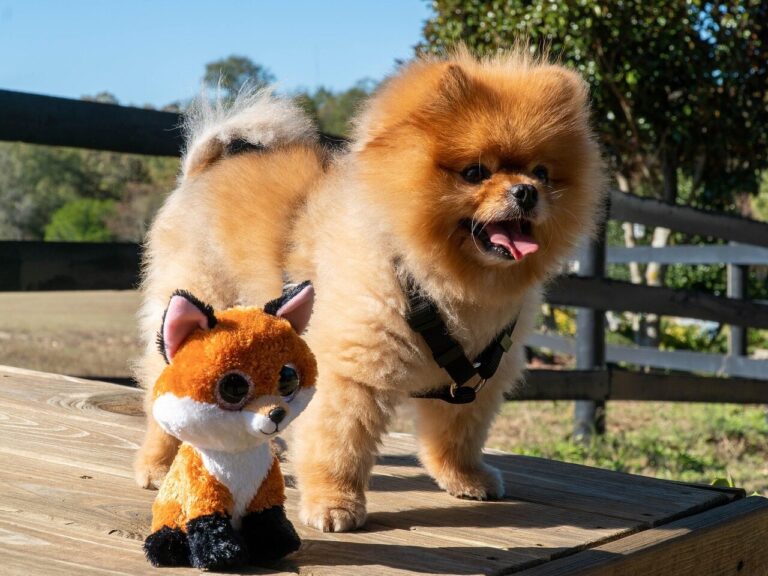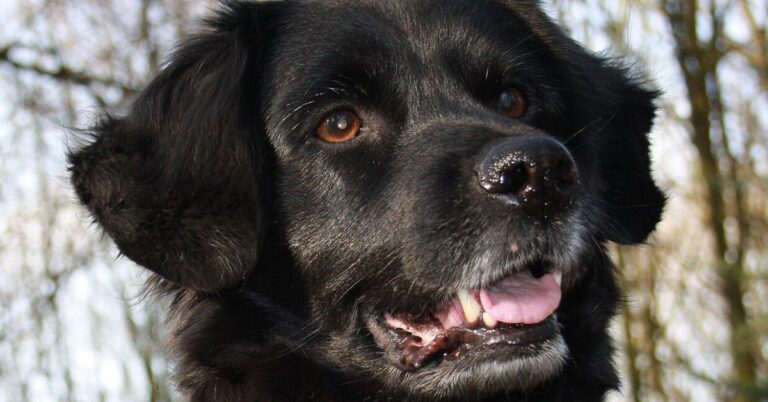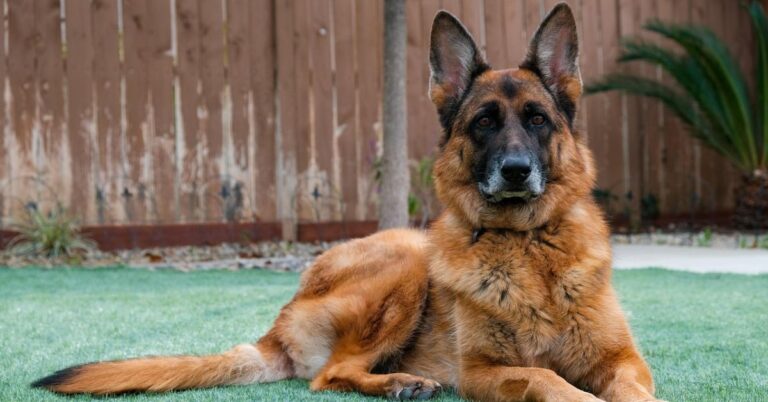Why The American English Coonhound Hunter Stands Out

There’s more to the American English Coonhound than just a strong nose and speed—it’s a perfect mix of intelligence, stamina, and personality. Over the years, it has become a top choice for hunters across the country. Want to know why? Here are ten unique traits that make this breed different than others.
Bred From Colonial-Era Foxhounds

This hound’s lineage traces back to 17th-century European foxhounds brought over by settlers who needed dogs with more grit. Over time, breeders focused on enhancing traits like sharper noses, louder barks, and faster legs, resulting in a leaner, more determined tracker perfectly suited for dense American forests.
Their Speed Rivals The Fastest Scent Hounds
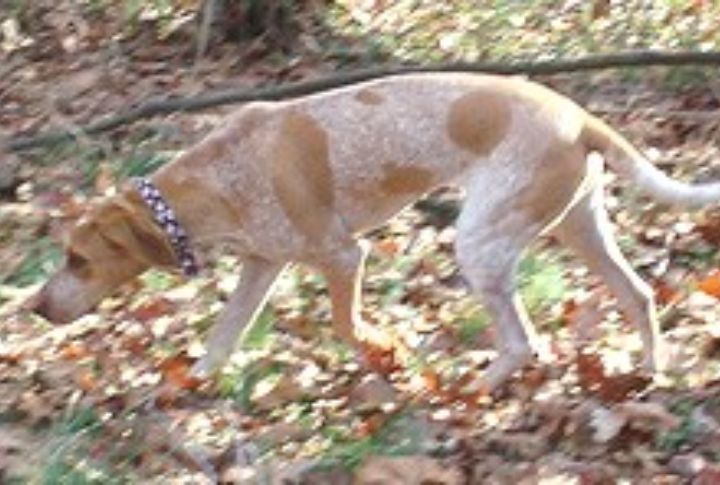
Unlike lumbering scent trailers, the American English Coonhound can reach over 20 miles per hour during hunts. Their long, muscular legs and agile frame allow them to cover immense ground quickly, especially when trailing raccoons across the rugged Appalachian backcountry.
Famous For Their Vocalizations

Each hound has a signature voice: a high-pitched “bawl” when tracking and a sharp “chop” when treed. Experienced hunters rely on these distinctive sounds to gauge distance and behavior, almost like a conversation echoing through the woods.
They Excel In Night Hunting Competitions

Night hunts test endurance, precision, and vocal timing. These dogs thrive by trailing game quietly, then alerting loudly when the prey takes refuge in a tree, which makes them night hunt champions. Many top-performing dogs in UKC night hunts have been American English Coonhounds with the signature red-ticked coat.
They Hunt Cold Trails With Exceptional Precision

While many hounds struggle with faint scent trails, the American English Coonhound excels at cold trailing. This makes them ideal for long, scent-driven hunts requiring stamina and patience. Among scent hounds, they rank top-tier for this skill, though Bloodhounds outperform them in the most extreme conditions.
They Burn Energy Like A High-Octane Engine

These dogs thrive on physical challenges. Without regular hikes, scent games, or trail runs, their instincts can shift into overdrive. Daily outlets prevent frustration, sharpen their senses, and build the endurance needed for long tracking sessions through wild terrain.
Their Long Ears Help Funnel Sound During Hunts
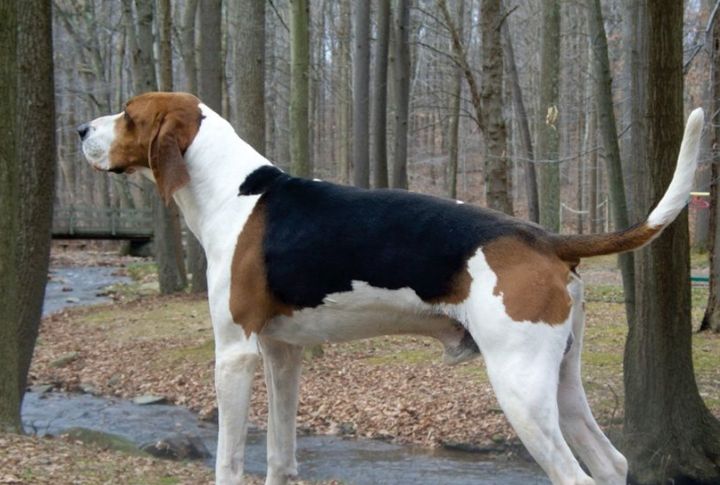
The American English Coonhound’s long, drooping ears aren’t just for show; they enhance hearing during hunts. Their ears capture subtle sounds in the environment, which helps them detect distant rustles or movements. This auditory edge supports teamwork when multiple dogs track a game through dense forests.
Loyalty Doesn’t Compete With Their Drive

At home, they bond fiercely with their family as a way of offering warmth and affection. In the field, though, instinct leads them. If they catch wind of something exciting, you’ll see a quick transition from relaxed companion to focused tracker in seconds.
Training Requires Patience And Precise Timing

Coonhounds don’t respond well to harsh correction or repetition. Instead, they learn best through reward-based methods tied directly to their natural drive, such as games that mimic hunting scenarios. Timing is everything, especially when reinforcing complex trail or tree commands.
Their Feet Are Built For Rough, Unforgiving Ground

Thick-padded paws and tightly arched toes give this hound a distinct advantage on jagged terrain. Their feet minimize injury during long chases over rocky ground or through thorny underbrush, which makes them one of the most terrain-resilient breeds in the coonhunting world.

